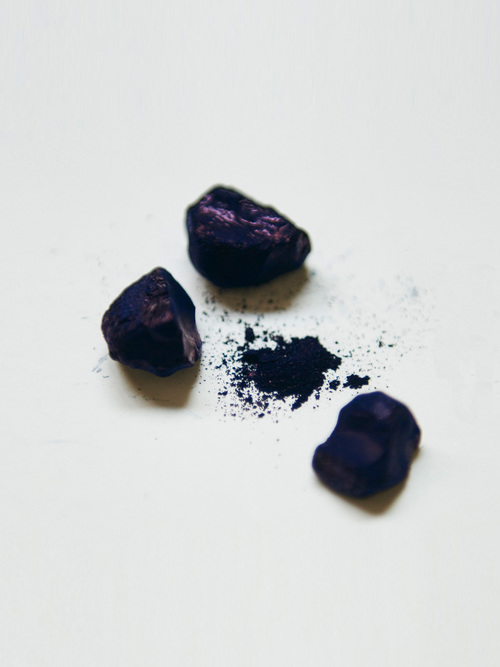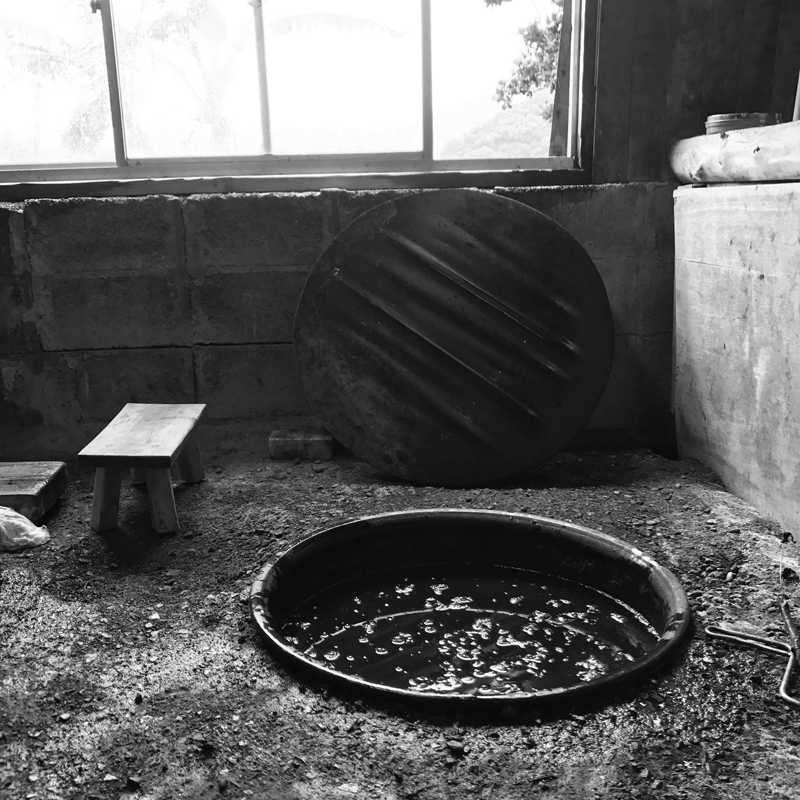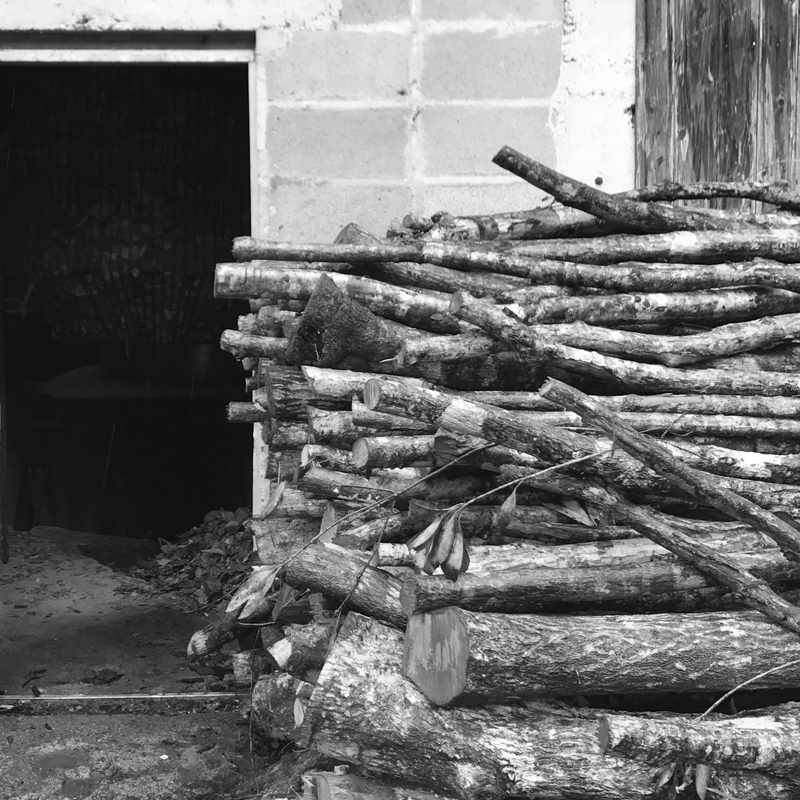100% LINEN
HAND WOVEN
Indigo Shawl -Shade 3- Single
Indigo Shawl -Shade 3- Single
This shawl was dyed by Japanese technique tie dye "Shibori" in Amami island, Japan. The studio was handed method down from one generation to another. the parts of method is following same technique of traditional Kimono dyeing.
dyed with Indian indigo about 3-4 times
rhaphiolepis indica var umbellata dye 1 times ( known as mud dye.)
in total 5-6 times, it depend on weather and dyestuff condition.
Colour combination gives you impression of beautiful blue behind the dark colour dyed by mud.
dyed with Indian indigo about 3-4 times
rhaphiolepis indica var umbellata dye 1 times ( known as mud dye.)
in total 5-6 times, it depend on weather and dyestuff condition.
Colour combination gives you impression of beautiful blue behind the dark colour dyed by mud.
MATERIAL
SIZE
100x200cm
WOVEN IN INDIA
DYED IN JAPAN
Attention: Hand-wash with water or lukewarm water (under 30℃)using a mild detergent.
Do not soak. wash separately.
Shape garment and leave to dry, Avoid sunlight due to vegetable dye.
Do not use harsh detergents that contain alkaline soap, bleaches or brightener.
'Currency Exchange' is just for your reference.
Every transaction will be made in JP yen, and its rate will change a little according to the settlement rate of each credit company. We assume no responsibility whatsoever for the indemnity from the use of those settlement rates.
Every transaction will be made in JP yen, and its rate will change a little according to the settlement rate of each credit company. We assume no responsibility whatsoever for the indemnity from the use of those settlement rates.
-
Domestic Shipment Only
-
About delivery date
-
- Stock
- The order products will be send out within 7 days
-
- Made-to-Order
- The order products will be send out within 30 days
-
STORY
-

-
I was very impressed when I first studied traditional method of dyeing Kimono” Oshima tsumugi” at Amami island. The way of dyeing “ Oshima Tsumugi” was very hard also takes a lots of process to dye for one piece. In the way, most unique point is creating tie-dye with loom, deep colour with nature material.
Firstly it need to prepare the weaving fabric to tie dye yean, then undo the fabric to yeans, secoundly socked in paddy field with iron mordant for many times (called as mud dye), then weave again. I am very admired the tecnique who creat it in ancient times. mills using method of traditional dyeing which is combination of " indigo dye (indian indigo)" and "rhaphiolepis indica var. umbellata" to make beautifull colour shade. -

-
 Hand woven in Bihar, India.
Hand woven in Bihar, India. -

-
Fabric soaked in indigo pod, soak and dry for many times.
-
After few days, next step is mud dye, using "rhaphiolepis indica var. umbellata" which is traditionaly using in Amami island for protecting house from sea wind. Bush cut to small pieces then boild to creat dyestuff. The colour come out as Brown.
-
Final process is very hard work due to rub the fabric harder and harder into dyestuff again and again. In the end, fabric colour change to incredibly beautiful deep colours.








